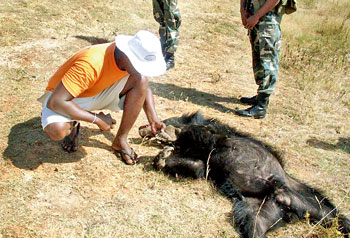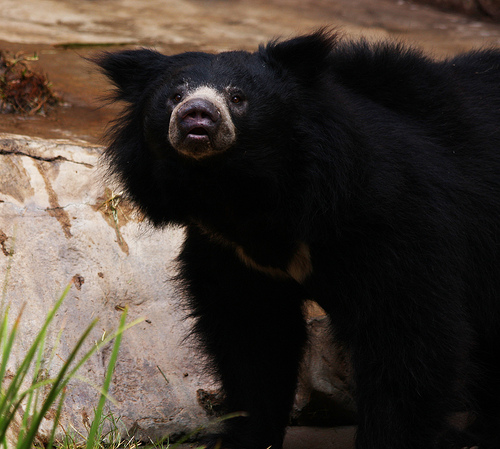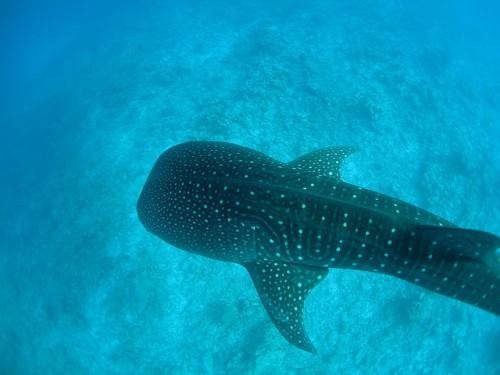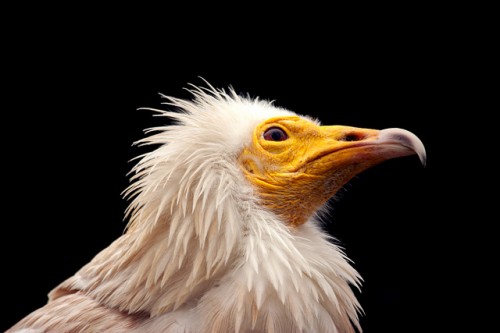CONCERN: Imagine a life where you are constantly living in fear that the next day may be your last as a bullet pierces your chest. Even if you are safe, your kid may not be, snatched right at birth to be sold in far off places. Miraculously, you evade these problems, but there is another challenge – finding a permanent home because the home where you lived for years suddenly needs to be converted to a highway, a farmland or a mall. It is this life that most bears are living in India and if all these anxieties were not enough, careless driving on highways through forest areas has led to their being knocked down by speeding cars. Recent hit and run cases reveal four sloth bears were killed and many injured in the section between Kunapalli and Hosur Cross on the Bijapur-Solapur road on the National Highway 13 in the past two months.
The highway has been laid through forest areas of Jambalgudda, Indargi, Hiresullikeri, Metagalla, Hosagalla and Hosaballary in Karnataka. These forests are home to a huge population of bears.
Repeated requests from the forest officials to put up suitable signboards have not been followed up by the highway authorities.
Andappa Kuri, Munirabad zonal forest officer said, “A lack of speed limit has turned National Highway 13 into a death trap for animals, particularly bears. We have urged the NHAI to put more boards along the national highway starting from the Gangavati forest area to the bear habitat. We plan to display huge boards featuring portraits of bears and messages to educate vehicle drivers about the need to restrict their speed to protect bears.”
Vulnerable Sloth Bears
Sloth bears (Melursus ursinus) are native to South Asia and have been classified as a vulnerable species by the IUCN Red List of Threatened Species. Shabby in appearance, sloth bears are reclusive animals that usually hunt at night for insects (termites) and fruits. A sloth bear uses its lips like a vacuum, as it sucks insects from their nests. Sloth bears’ nostrils can close, protecting the animals from dust or insects when raiding termite nests or bee hives. A gap in their teeth enables them to suck up ants, termites, and other insects. They are unique among bears for carrying their cubs on their backs. However if threatened; these bears stand on two legs, brandishing their clawed forepaws as weapons.
Major threats to this species are habitat loss and poaching. Poaching, mainly for the commercial trade in bear parts, and also for local use (e.g., male reproductive organs used as aphrodisiac; bones, teeth and claws used to ward off evil spirits; bear fat used for native medicine and hair regeneration has been reported. Capture of live cubs for use as “dancing bears” remains a significant threat in some parts of the range. Also encounters between people and sloth bears have led to numerous injuries and many deaths of the animal as well as human lives. Such incidents tend to occur where people frequently use bear habitat, and where the habitat has thus become severely degraded.
Added to this list of threats is now the frequently increasing incidents of road accidents.

Food scarcity is what has driven these bears to amble their way with their slow gait across the highway and meet their death. They try to eat fruits, vegetables and maize from the fields on the other side of the road.
Shivashankar Murthy, divisional forest officer, Koppal, said,
“Bears crossing the road to eat fruits, vegetables and maize in the fields are hit by speeding vehicles on the highway”
“We plan to grow fruits and other crops inside the forest area to prevent migration of bears.” “When we requested the NHAI, they constructed humps on NH-13. We will now request them to construct humps near the forest area to control the speed of vehicles,” Murthy said.
Other suggested measures
As bears are nocturnal feeders, vehicular movement may be restricted during those hours on the stretch of highway passing through the forest. This is a practice that is being followed in Bandipur and Wayanad areas in the interest of wildlife as well as humans.
Until the proposed plan of planting trees to supplement the food needs of bears within the forest area actually bears fruit, forest officials need to find alternative solutions to feed these mammals.
The incidents definitely raising concerns over the prudence of having public roads across biodiversity rich National Parks.
More Related Stories,
Why India is Losing its Sloth Bears
Bear Cub Saved from Dancing Fate
Himalayan Brown Bear Losing Home in Himachal Pradesh
Image via cc/Flickr by Rennet Stowe






